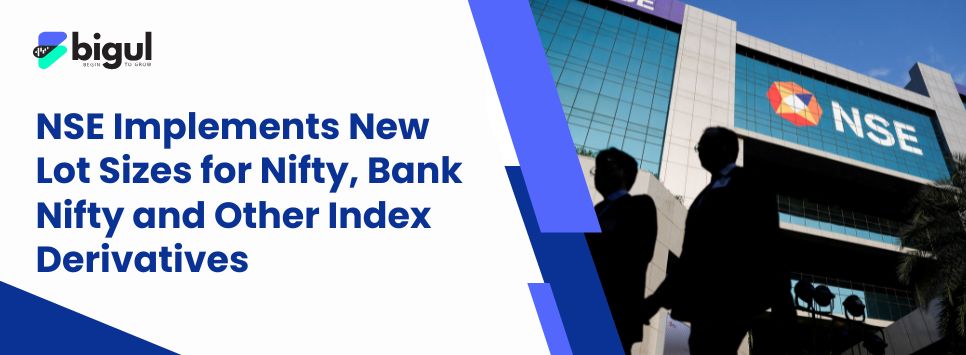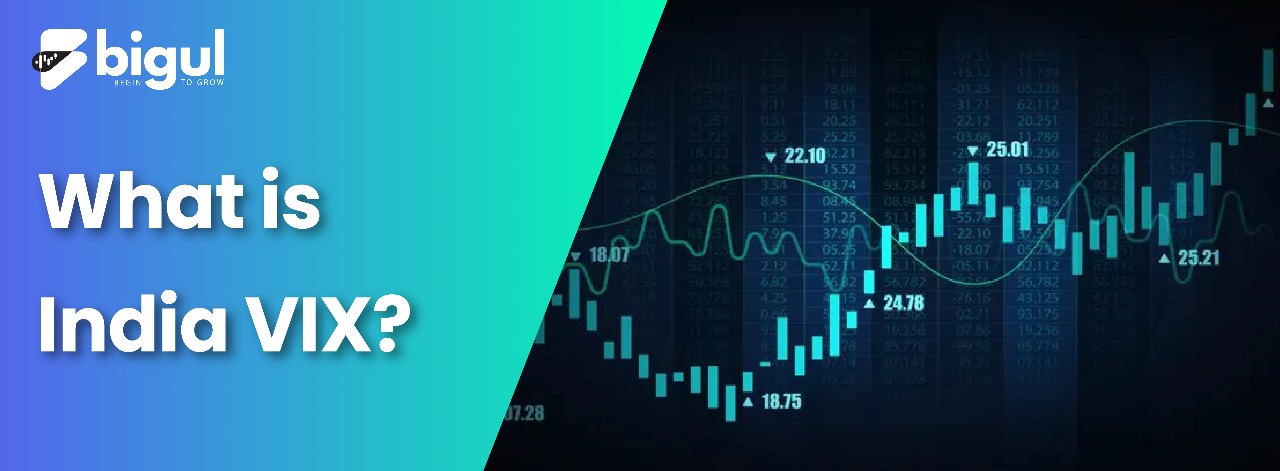For new investors navigating the market landscape, encountering unfamiliar terms is common. One such term is “India VIX,” which is crucial for market understanding. India VIX stands for India Volatile Index, indicating market turbulence.
This matters as it guides investors and buyers. Think of it as a volatility gauge, helping predict market shifts. Knowing India VIX aids in making informed decisions, especially for beginners. It’s like a weather forecast for market conditions, preparing investors for potential ups and downs.
Delving into India VIX underscores its significance in comprehending market dynamics. So, let’s begin.
What is India VIX?
The India VIX, derived from NIFTY options on the NSE, gauges market volatility. It’s computed using best bid-ask quotes from near and next-month NIFTY options. This index mirrors investors’ short-term volatility expectations, indicating the next 30 days.
A higher India VIX signifies greater anticipated market volatility, while a lower value suggests the opposite.
Why is India VIX Important?
India VIX holds significance as the ‘fear index’, especially for equity-heavy investors. Its value reflects market volatility and its connection to NIFTY.
A positive link with volatility and a strong negative correlation with NIFTY indicate its importance. When India VIX ascends, it often predicts market decline, prompting caution.
Monitoring India VIX is a strategic tool for foreseeing potential market movements and aiding timely decisions, making it essential for investors to navigate uncertain terrain.
How is India VIX calculated?
The formula for calculating the India VIX involves several steps, as it is based on the volatility index methodology. Here’s a simplified version of the formula:
India VIX = 100 * sqrt(30) * (1 / N) * Sum(sqrt(IVi) * Wi)
Where:
- IVi = Implied volatility of the i-th option contract
- Wi = Weight of the i-th option contract based on its trading volume
- N = Total number of selected option contracts
Please note that this formula is a simplified representation for illustrative purposes. The actual calculation may involve more intricate details and adjustments to ensure accuracy.
Here’s a breakdown of the steps involved in the calculation:
- Select a set of near-month and next-month options contracts for the Nifty 50 index based on specific criteria.
- Calculate the implied volatility (IV) for each selected options contract. This involves using option pricing models like Black-Scholes to estimate the market’s expectation of future volatility.
- Calculate the weight (Wi) for each options contract based on its trading volume relative to the total trading volume of all selected contracts.
- Square root of the implied volatility (sqrt(IVi)) for each contract is multiplied by its corresponding weight (Wi).
- Sum up the products of sqrt(IVi) * Wi for all selected option contracts.
- Multiply the sum from step 5 by the constant factor of 100 * sqrt(30) to annualize the volatility.
- Divide the result from step 6 by the total number of selected option contracts (N).
The final result of this calculation gives the India VIX, which represents the market’s expectation of annualized volatility over the next 30 days.
Keep in mind that the actual calculation may involve more precise adjustments and factors to accurately reflect market conditions and behaviour. The formula provided here is a simplified version to help illustrate the general process.
How to Interpret Rises and Falls in India VIX?
In the Indian stock market, the India VIX serves as a key market risk indicator. A low India VIX signifies traders’ anticipation of stable stock prices over the upcoming 30 days. This stability implies a likelihood of buying or selling stocks at prices near the present values.
Conversely, a high India VIX indicates traders’ expectations of increased price variability within the next month.
This heightened price range adversely impacts investor faith in equities, highlighting the pivotal role of India VIX in assessing market sentiment and potential fluctuations.
How Traders and Investors Can Use India VIX Data?
The VIX serves as a predictive gauge of market volatility, benefiting both investors and traders. For long-term investors, shifts in the VIX can inform strategic decisions regarding sector exposure and risk mitigation.
A sharp VIX uptick might prompt a move to defensive sectors or an increase in hedging ratios, safeguarding portfolios against potential turmoil.
Traders extract substantial value from the VIX. Trading VIX futures on the NSE is viable. If anticipating heightened market volatility, traders can buy VIX futures, basing actions solely on volatility projections, not market direction. These trades prove particularly advantageous during pivotal events or policy announcements.
VIX’s historical trend, typically fluctuating between 13 and 17, with exceptions of lows near 9.5 and highs nearing 60, facilitates mean reversion trading through its median range chart.
Moreover, the VIX furnishes short-term trading ranges for Nifty spot positions, enabling timely long or short positions.
In essence, the VIX provides astute market interpretation and volatility-based trading, offering a non-directional strategy that empowers traders and investors to navigate market fluctuations adeptly.
How to Trade in India VIX?
Trading in India VIX involves trading VIX futures contracts that are listed and traded on the National Stock Exchange of India (NSE). Here’s a general guide on how to trade in India VIX:
Brokerage Account
Open a trading account with a broker that offers access to the NSE’s derivatives segment. Ensure that your account is enabled for trading in futures contracts.
Research and Analysis
Like any trading, start with thorough research and analysis. Monitor market news, events, and trends that might impact market volatility.
Choose a Trading Platform
Use a reliable trading platform provided by your brokerage. This platform should allow you to view India VIX futures prices, place orders, and manage your trades.
Placing Orders
- Long VIX Futures (Bullish on Volatility): If you anticipate an increase in market volatility, you can go long on VIX futures. This means you’re betting that the VIX will rise.
- Short VIX Futures (Bearish on Volatility):If you expect the market to become less volatile, you can go short on VIX futures. Here, you’re betting on the VIX decreasing.
Risk Management
As with any trading, risk management is crucial. Set stop-loss orders to limit potential losses. Remember that trading in derivatives involves leverage, so losses can escalate quickly.
Expiration and Rollover
VIX futures have expiry dates. If you hold a position nearing expiry, you need to decide whether to close the position, roll it over to the next contract, or let it expire.
Profits and Losses
Your profits or losses will depend on the movement of the India VIX and your position (long or short). If your view on volatility is accurate, you can profit from these movements.
Conclusion
The India VIX serves as a crucial gauge of market sentiment and volatility within the Indian stock market.
Measuring the expected volatility over the next 30 days aids investors in assessing potential risks and making informed decisions. Its role in reflecting market uncertainty and providing insights into price fluctuations underscores its significance as a tool for traders and analysts alike.




.jpg)





.jpg)
